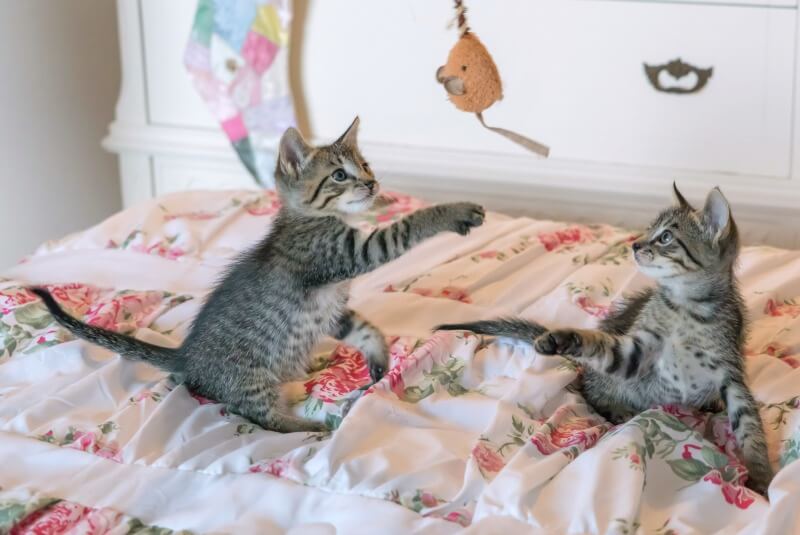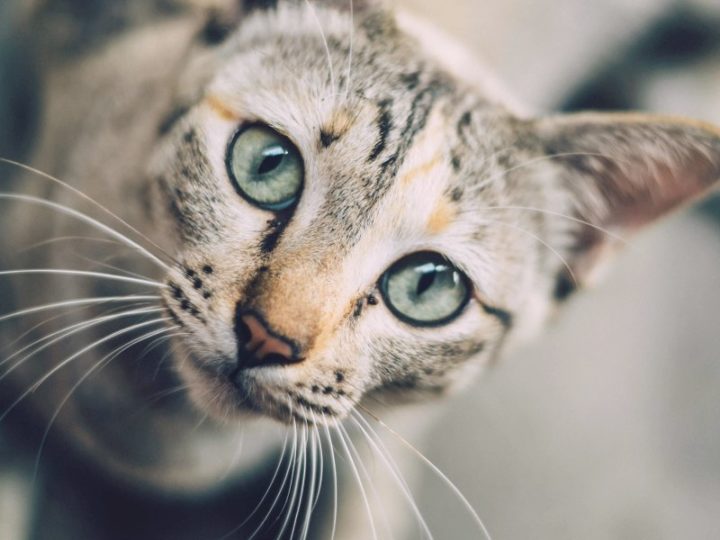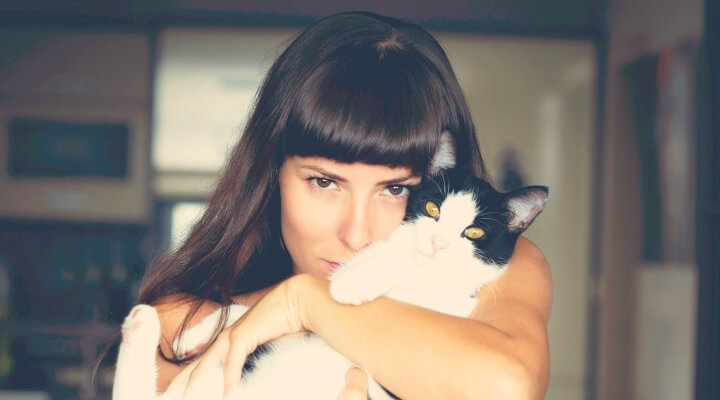
It’s just 9 days into the New Year and we’ve received an almost record-breaking number of adoption applications, yippee! Most of our applications come from loving families looking for a new kitten or two, which is why last week we wrote an article to try and convince some of you to consider adult cats too – our top 7 benefits of adopting older cats over kittens.
This week we’re going to talk about one of our more frequently asked questions – “why do we (nearly always) re-home our kittens in pairs?”. Some people may think it’s a clever(ish) way to double our adoption rate but this decision has come from expert advice and our collective decades of experience in rescuing and rehoming cats.
The kittens’ social development period
The primary socialisation period for kittens is from 2-7 weeks, during this time they learn how to interact with their siblings and with humans. They quickly figure out which experiences and signals are good and which are bad, and what to fear and what to love.
This is one of the reasons why kittens should not leave their family until they are 8 weeks old. However, it doesn’t mean that at 8 weeks old each kitten is ‘fully cooked’ in the social department. It’s not a hard-and-fast end to social learning, more a point at which they can start learning more things without mum’s help that continues until they are 6 months old and beyond.
By rehoming kittens in pairs, they can get to know this new mum-free world together. They can learn from interacting with each other, but they can learn from each other’s experiences. Nervous cats can be comforted by confident siblings, and the rambunctious can learn caution from the more sensible.
The ultimate comfort blanket
The first few days after leaving mum can be the most daunting for a cat. By bringing a littermate or a best friend, they have the ultimate comfort blanket to help them feel a little more safe and at home!
Playtime is always open
Kittens love to eat, sleep and play. Cats develop their key skills through play and the amount they want to play can vary massively – even between kittens from the same litter.
By rehoming kittens in pairs, we can be sure that both kittens get the enrichment and learning they need, regardless of whether or not you’re ready to play too. There’s also a few skills that kittens learn better off of each other, such as co-ordination from wrestling and hunting.
Playtime gets rough
Nipping, biting and gnawing are normal kitten behaviours that are grown out of eventually. Pairs of kittens can take cues for this from each other, reacting to the pain they feel and the pain they cause.
Lone kittens do not have this pain-teaching buddy and can find it harder to understand reactions from humans instead. These kittens can also be misunderstood and sometimes thought to be aggressive, especially if left into adulthood, when in fact they just missed a lesson on proper teeth etiquette!
Kittens are not usually good companions for older cats
We have quite a few applications from families looking for a new friend for an existing family cat. It does seem logical that the kitten will learn from the older cat and the older cat will see the youth as less of a threat.
Unfortunately, this is not normally the case. The miss-match in energy levels can start things off on a very bad foot. The kitten is desperate to play, wrestle, bite and hunt whereas the adult cat wants to enjoy his 8th nap of the day. The adult cat just sees a nuisance who is also taking his owners’ attention, rather than a vulnerable youth that needs mentoring.
If you have an existing cat and would like to get them a new friend, it’s a good idea to look through the profiles of adult cats and really focus on their personalities, and how they would balance with your current family. If in doubt, speak directly to the re-homing charity who will have a good idea of which cats will work best for you.
When we re-home single kittens
We get asked a lot about what happens when we have a litter with an odd number of kittens. It’s quite rare for us to have only one litter of kittens during kitten season, and so we normally combine a single kitten from 2 different litters to form a new loving brace.
Although it doesn’t have all the benefits of pairing off litter mates, it provides both kittens with a friend to help them develop and grow.
On some quite rare occasions, we will re-home single kittens if it is the best option available. This could be because a household already has a single young kitten, or an odd-numbered off-season litter. In which case we look at quiet homes where someone is home during the day to take over from a feline buddy.
“What’s the worst that could happen?”
When we explain to potential adopters the reasons why we re-home in pairs, the vast majority of are very understanding. We then work with the family to look at other options, and help them to decide if a pair of kittens or a single adult cat might be a better fit.
Every now and then we’ll meet someone who is adamant that a single kitten is the only option for them, and when this happens, we are almost always asked – “what is the worst that could happen?”.
We like to ask the opposite, “what’s the best that could happen?” – and that is a pair of kittens can find a loving, forever home with a best friend and grow to their full potential. We know we can find homes like these from our incredible adopters, especially for kittens, which is why we do not compromise.





